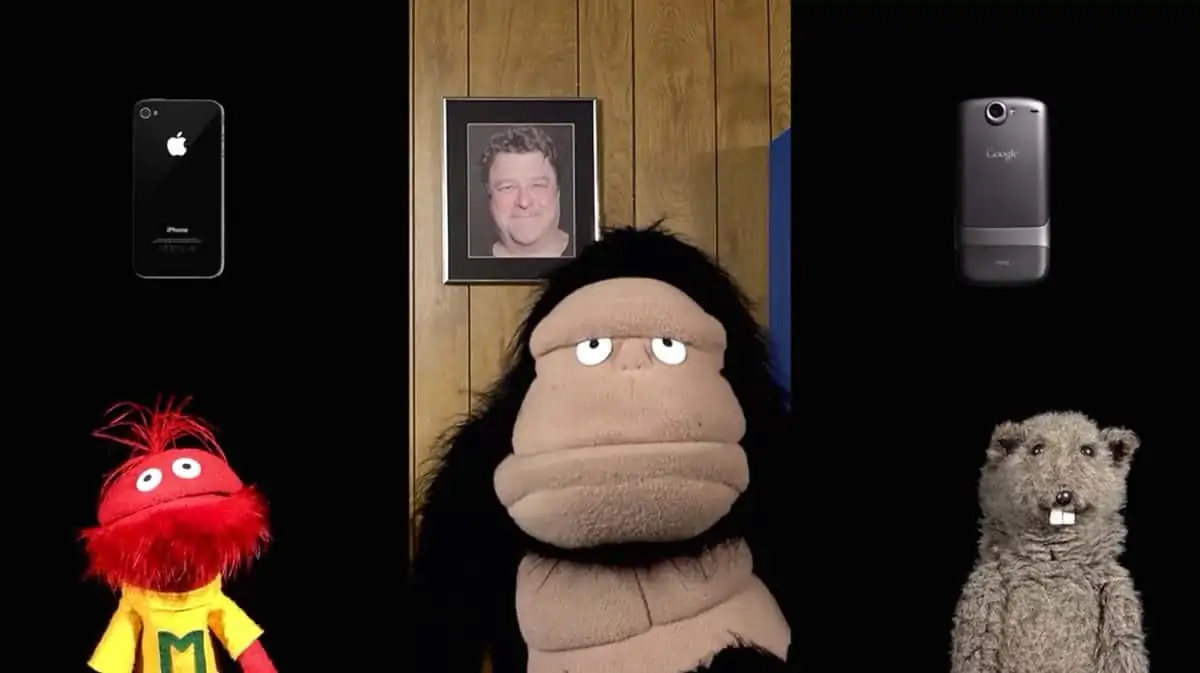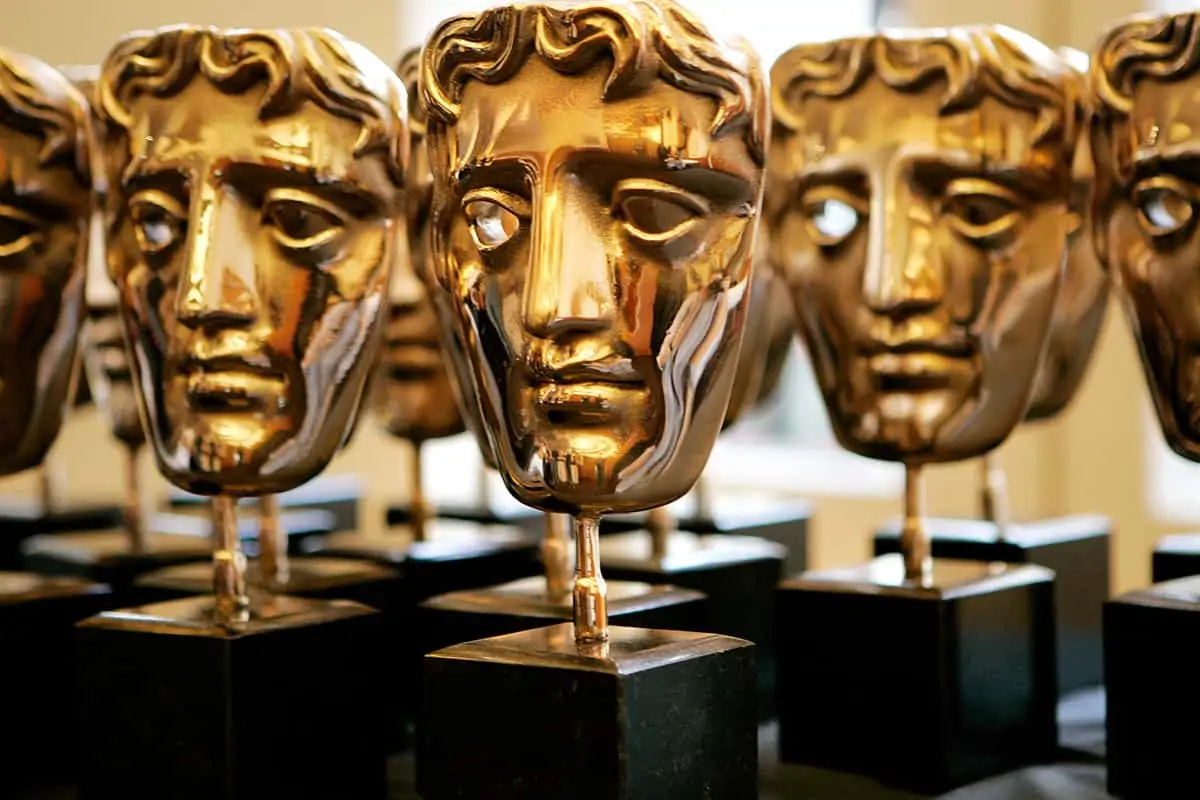John Keedwell GBCT “2020 and all that”
Feb 25, 2021
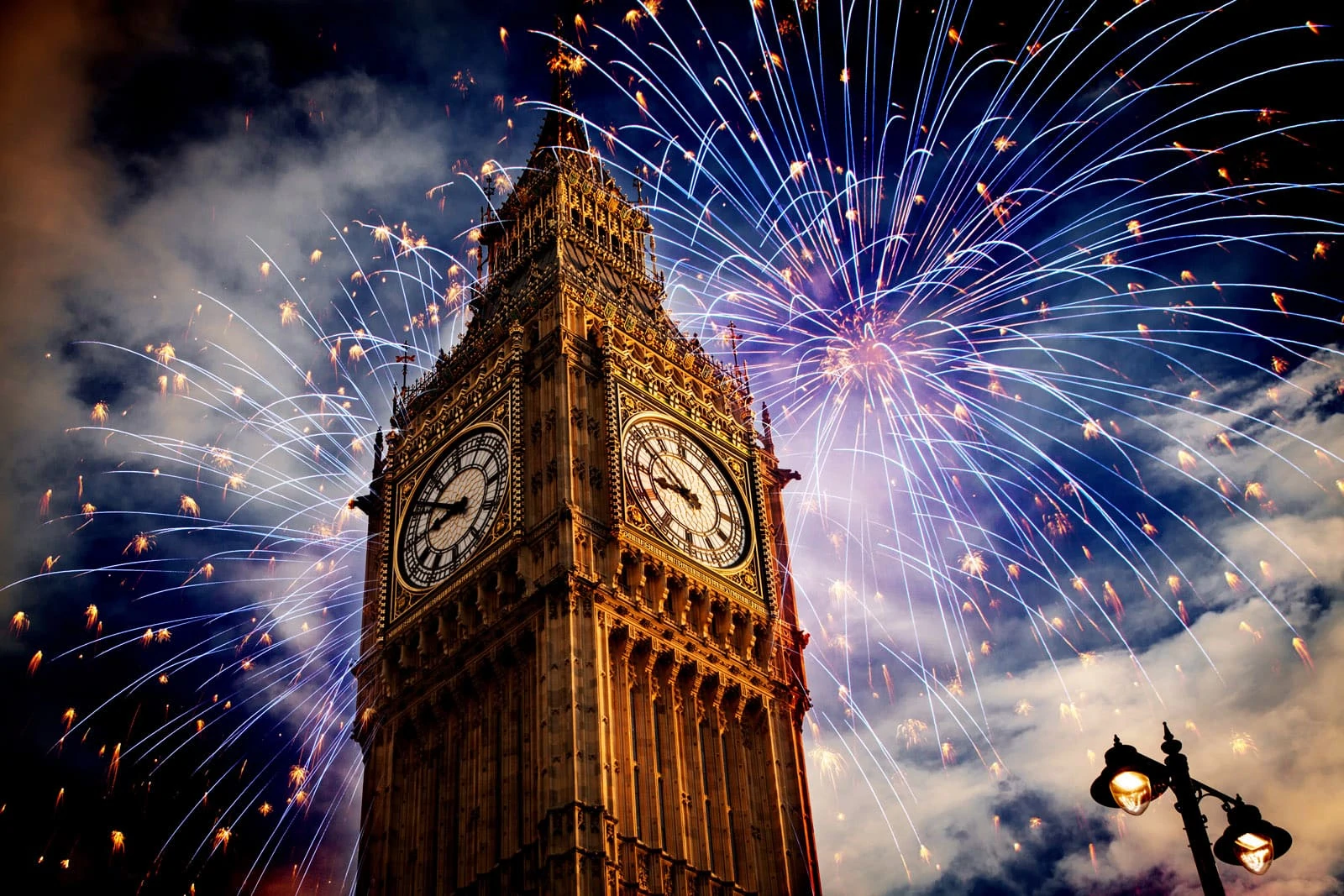
2020 AND ALL THAT
The bongs of the famous Westminster bell have now fallen silent after midnight, and the year 2020 has finally been put to rest. Perhaps one the strangest and most frustrating years the world has experienced outside of wartime, yet 2020 has left many casualties along the way.
Most of us either know someone or have a relative who has been affected in some way since the pandemic started, either by catching the virus and surviving, or others who weren’t so fortunate. We have sadly lost many good people in 2020.
As I write, the UK lockdown has just been extended further into 2021, and we are again in a position of uncertainty. The way we deal with this individually and collectively will be crucial going forward. The film business is potentially in a period of huge change in many areas due to this unexpected and unwanted huge disruption to everyone’s lives.
It has been a real game changer for many people, for both good and bad. I have previously touched on the issues surrounding film production and in particular cinemas’ survival and home viewers streaming content. Many businesses have been badly hit and many have been forced to close their doors for good as the costs of keeping them closed with no revenue have been unsustainable.
This was perhaps a wake-up call for some who were relying on a stream of income that could be taken away very quickly and with little warning. The film business is a fickle and unpredictable one for most, and even those at the very top of the pecking order have had the same challenges to overcome in 2020. However, we are a robust and adaptable bunch of highly skilled people, and this should not be the finale. It could well be the start of great things to come.
Movie screenplays have been adapted for actors’ “social distancing” reasons, and other productions have found many innovative ways of being safe at the same time as being creative and entertaining. Actors speaking to each other with a great distance between them, and plots developing with distancing in mind will no doubt feature heavily as a genre this year. Some crews have been tested and kept within a “bubble” and kept from family members during the production. This only works for a short time, however, as we are humans and people need the connection with their families.
This doesn’t really help the people behind the camera as we often need to be in very close proximity to each other for very long periods of time during the working day. A new cast or crew member could bring in the virus and wipe out the production, and could kill actors and crew, so it is no wonder that some high-profile cases have been recorded berating the crew and cast of a huge production. It could literally kill the film for months, if not terminally. It’s understandable that emotions get shown with such big stakes involved.
The biggest potential issue is with cinemas. The projection of moving images of light on a screen combined with a synchronous soundtrack of dialogue and music have been the mainstay of cinema for over 100 years. Films were hauled noisily through a beautifully designed intermittent projector mechanism and presented to a focussed light source then projected through a lens. In days gone by the smoke from cigarettes and cigars hung in the air and would be illuminated by the projector’s light, creating beams of coloured moving lights dancing above the viewers’ heads. The projected picture, no matter how good a projector, always had a slight weave and movement to it that mimicked the movement of how our eyes scan images in real life. It was somehow alive.
The reels of film were spilt into shorter sections for projection, so twin projectors were necessary to switch at the end of each reel. The cinema projectionist had to synchronise the reel changes, so they were as invisible to an audience as possible, although most people did unconsciously notice the corner cue dot, along with the change of screen image due to dust and handling of the ends of the reel. The change in sound levels and focus of the picture were also a giveaway as the next projector took over the task of providing the next session of the film. The projectionist could make a difference to the presentation through careful tweaking of their available projector tools. It was an organic experience.
Thankfully, the cigarette smoke has now disappeared in cinemas. Projectors have mostly become digital machines capable of efficiently projecting the whole film with no reel changes. It has now become clinical and efficient.
Yet it is not that different to a digital image shown on a large TV screen at home. The experience is different, of course. At home we don’t need to drive to the cinema, pick up the tickets that cost between £10-£15 each before food, then queue to buy food we wouldn’t normally eat, sit next to strangers, then watch endless adverts before the main film starts, just after the tall latecomer sits right in front of you endlessly chomping on popcorn.
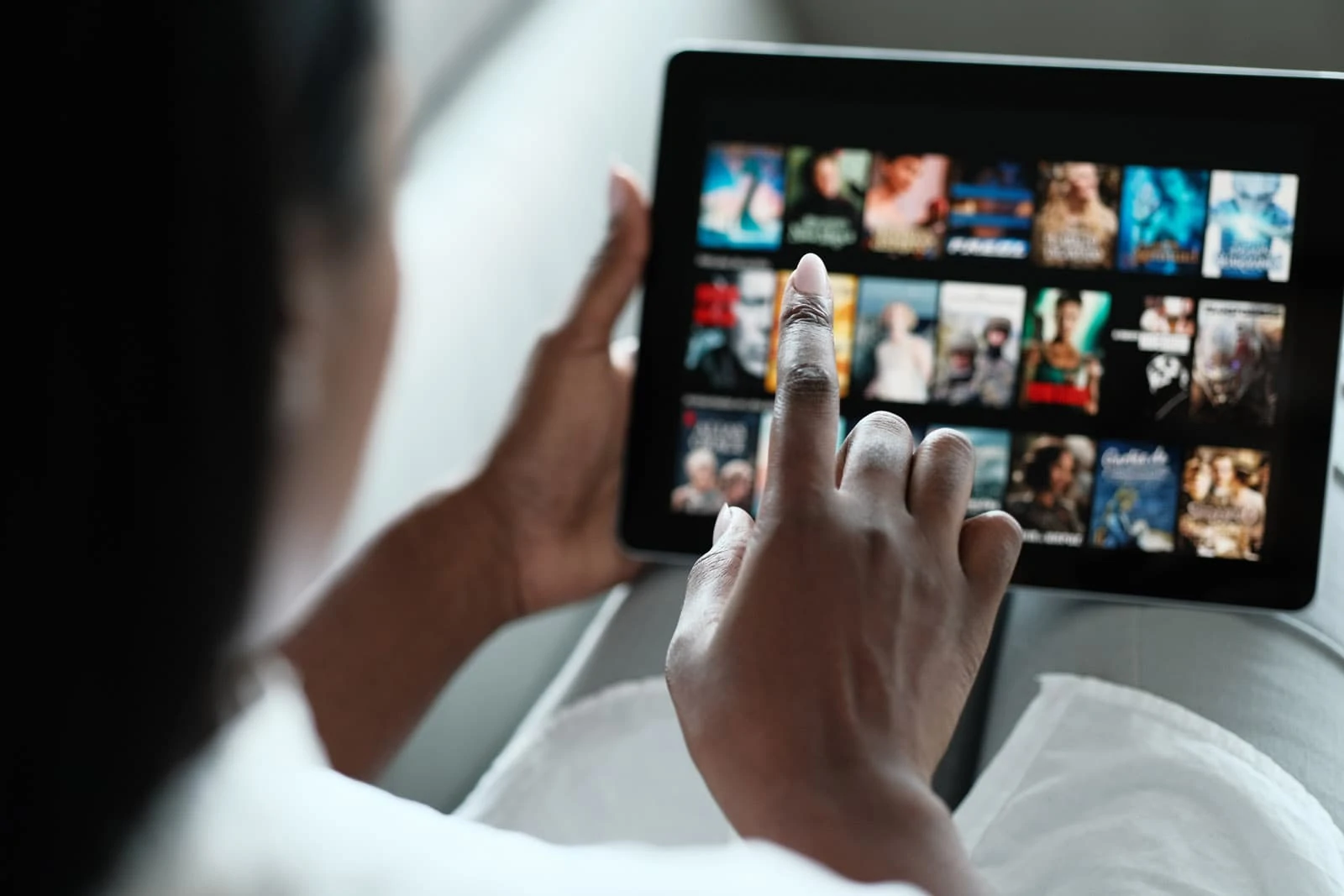
At home we can pick a film to watch, when we want, have one monthly cost with no adverts and we can eat what we want. Okay, we have the cost of a 4K UHD TV, yet they are relatively inexpensive compared to a few years ago, and it is a one-time investment. Add to this mix your audience who have to self-isolate or lockdown, or want to binge watch a series, and you have a ready-made audience who are keen to spend money with you.
However, it can become the norm, not a special event to be cherished. I remember seeing Jaws and Star Wars at the cinema when they were first released, and it was a special occasion. I saw the original Blade Runner when it was first released and was blown away (apart from the ending that looked like a different film. It was, as it later turned out!).
Netflix is now funding productions in the US, also crucially in the UK, with $17 billion of funding going to TV shows and films in 2020. The company did a deal to take over all the Shepperton Studios for 10 years, and Pinewood has a similar deal with Disney
The cinema vs streaming issue could be compared to the Blockbuster vs Netflix battle in the early 2000’s, where Blockbuster originally had the market share of the rental market, with 60,000 employees, 9,000 locations and a valuation of over $5 billion! Where Blockbuster went wrong is one of the classic business stories and is taught in business schools. The biggest mistake was they got complacent and thought they were too big to fail. They stopped innovating and became comfortable. They were severely punished for that mistake. I think if cinemas don’t innovate and change what they do it could be another similar story.
The costs of producing a film are huge, of course, and this all needs to be recouped by the projection in cinemas or sales in other ways. The price of entry reflects the cost of running the cinema, staffing and energy costs, and the investment in technology. Having them all sitting idle does not make money.
There were approximately 775 cinemas in the UK in 2018, and they have been growing consistently over the past 20 years or more. There were roughly 100 more cinemas in the UK in 2018 than there were 15 years before. These have all had huge investment in sound and vision technology. Yet now they are all closed. In a normal year there would be hugely expensive blockbuster films to pack out cinemas, yet in a pandemic there have been no customers, so no revenue. However, there are still huge overheads to keep paying for.
Of course, with no outlets in cinemas to watch films, the natural progression is distribution to the home, and streaming the content at high quality does not need the property expenses or anywhere near the operating costs of cinemas.
Now Netflix is challenging the cinema business like Amazon did to the high street. Netflix is now funding productions in the US, also crucially in the UK, with $17 billion of funding going to TV shows and films in 2020. The company did a deal to take over all the Shepperton Studios for 10 years, and Pinewood has a similar deal with Disney, moving from cinema releases and pay TV to streaming with the launch of Disney+ streaming service, with content only available there.

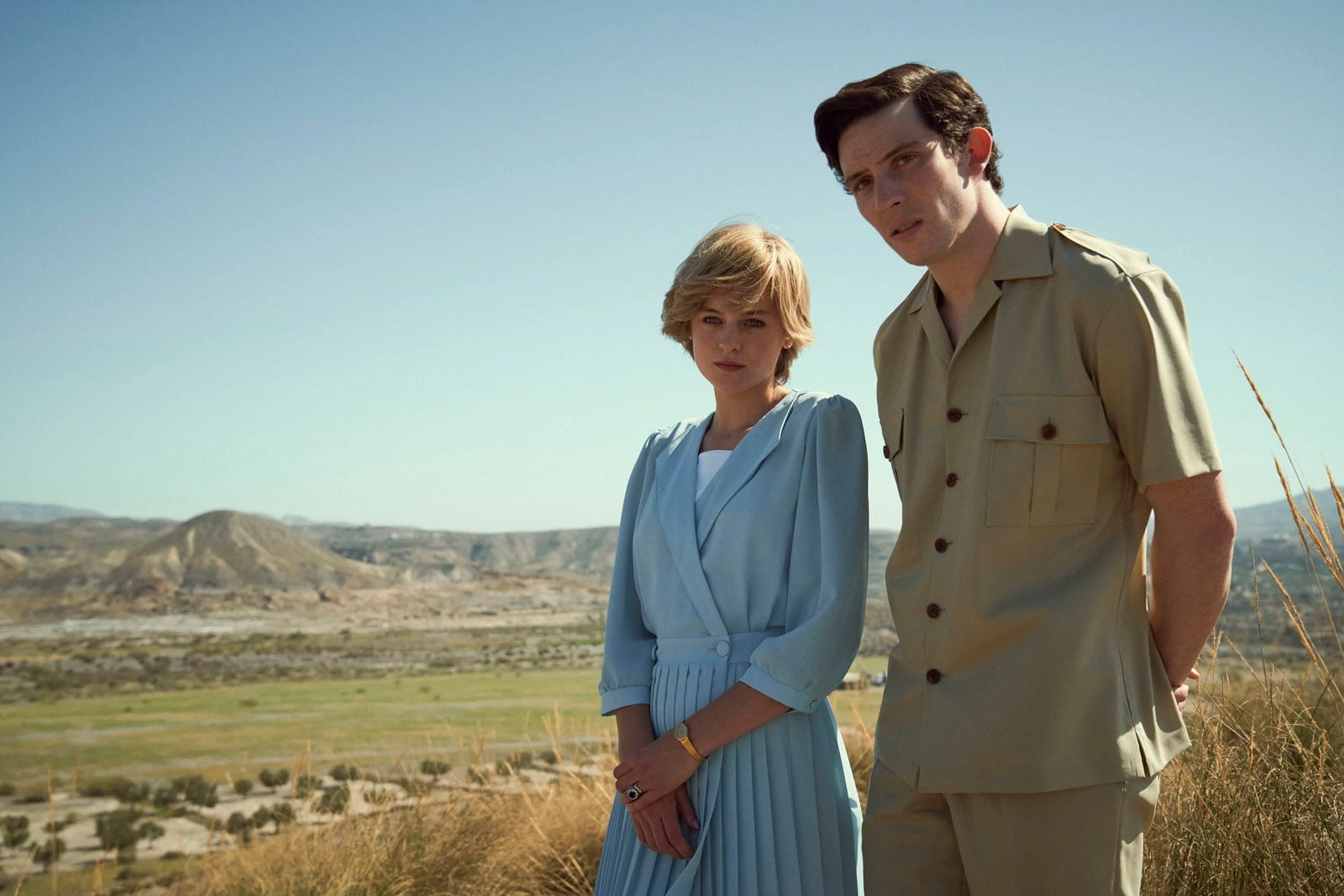
This is all good news for UK film crews in theory, with about a third of the productions for Netflix made in Europe being made in the UK. Recent productions include The Crown, and there are currently 6,394 films and TV series available across many genres. However, all the time there is a lack of productions being made, the less chance there is of on-set training for future productions when they eventually start shooting. A trainee needs several different productions to learn, and there are not the opportunities right now.
Shooting for a TV-based end user can be a different experience to shooting for cinemas. The framing, clarity of dialogue and storyline need to capture the viewer from the outset, as there are many more distractions from a home viewing situation. Unless you have a specially made cinema room in your house there will be an ambient light on, and a limited optimum viewing angle. A film made for TV (even if it is viewed on a huge 4K UHD television) is still not going to fully fill your attention. Operating and the framing need to be adjusted accordingly. If you have even seen a film specifically shot for IMAX cinema you will understand the framing is extremely different to a film in a normal cinema.
The pandemic could have changed cinema forever and I am not sure if it is a good thing. Cinema should be a glorious experience to move the audience in some way. It can shock and scare us, make us happy, sad and cry as we leave. That is the mark of a great film. The lights go down, and we are in almost total darkness with a pounding soundtrack much better than most home televisions. Watching a film at home may not give that complete release and immersion in the story, as the sound levels needed mean the neighbours can complain!
In addition, the BAFTA and Academy Awards ceremonies may look a bit different this year. Due to the difficulties and chaos caused by the pandemic they may well bring up some different results this year. There have also been court dramas about democracy and politics which mimic the events happening in the US in 2020 and continuing into 2021. There have been films made in 2019 without COVID-19 restrictions on shooting that were released in 2020, so the full effect may be seen at next year’s awards, yet the look of the films I have seen for the BAFTA Awards list have all been vastly different in their feel. Even watching most of the year’s contenders on a computer screen is not an optimal viewing experience, as there are less DVD screeners this year.
As filmmaking professionals, we need an audience to see the films and to make a profit so other films can be funded. Cinemas could evolve more and become places to talk with like-minded people about the film you have just watched and discuss over a wine when it is allowed. Most multiplexes usher the audience out afterwards, with no provision for a wine or a civilised discussion. Smaller independent cinemas such as the Rex in Berkhamsted thrive on this interactivity and community of passionate filmgoers. A place to meet and talk about the film the audience just watched. If only every cinema was like this, maybe there would be a new beginning in cinema.
BY: John Keedwell, GBCT, UAV PILOT









